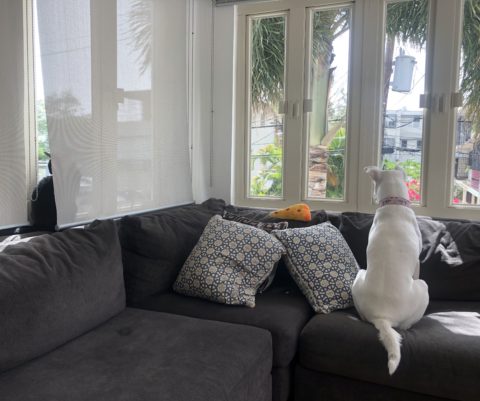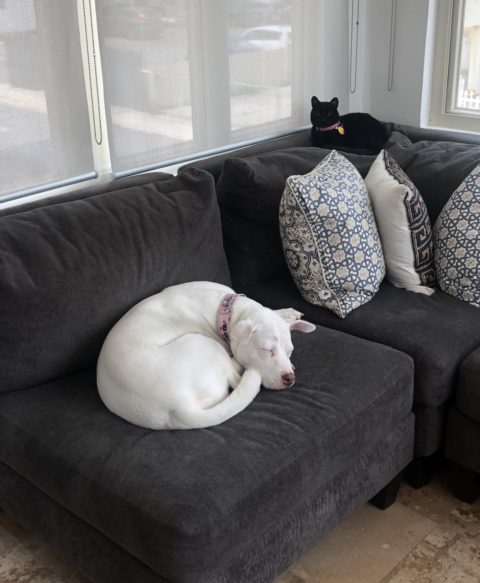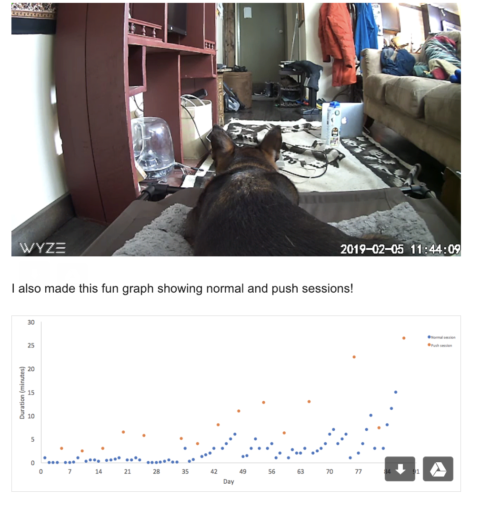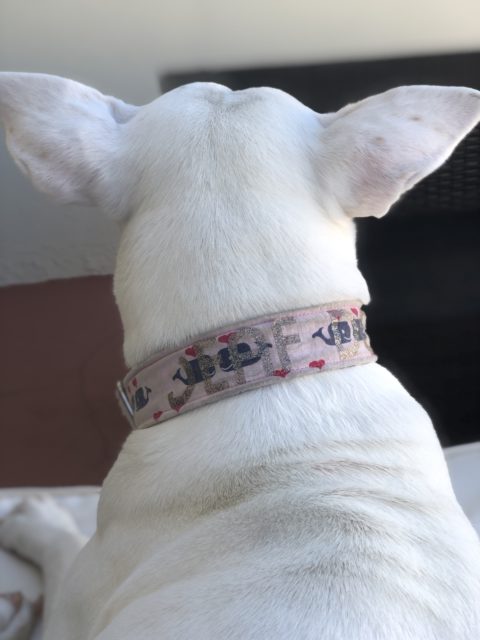Deaf Dogs and Cats: Chase to Calm
 Does your Deaf Dog like to chase your cat? Can you safely change this interaction? Often people end up with advice which might make the situation worse. Here is a training solution which works!
Does your Deaf Dog like to chase your cat? Can you safely change this interaction? Often people end up with advice which might make the situation worse. Here is a training solution which works!
MANAGE:
Step one is to set everyone up for safety and success. This means that you want to employ management procedures to avoid your deaf dogs practicing this unwanted behavior. Using crates (if your dog voluntarily will go into his crate), baby gates, and/or tethering him to you with a leash are easy ways to avoid continued rehearsals of the behavior that you don’t want to see continue.
PAIR:
Step two is to pair the sight of the cat with something positive. This way your dog begins to associate your cat with good things. There are two key points to this step. The first is to be sure that you give your dog a treat before he reacts to the cat. That is, when he first sees the cat, but before he begins to vocalize or pull (*key) pop a high value, soft treat in his mouth. This way the sight of the cat starts to equate to a yummy treat.
The second key point is that you want to be sure that your deaf dog sees the cat before you give him the treat. The order is important as you want “scary cat” to equal yummy treat…not the other way around. Eventually when your dog sees a cat, the cat predicts a treat. Now your deaf dog will begin to look forward to a cat appearing.
REINFORCE:
The final step is when you mark and reinforce an alternative response to the cat. Instead of seeing the cat and beginning to bark, jump, howl, or chase instead you want your deaf dog to see the cat and turn to you! This behavior of orienting to you instead of the less desirable response is what you will reinforce.
It looks like this: deaf dog sees cat and turns to look at you. You mark and reinforce with a high value, tiny, soft treat. Your dog has now just learned that orienting towards you is much more worthwhile than bothering with the cat. Over time this new response to the cat should become your dog’s default behavior.

With this in mind, work on consistently building this new skill set. Remember to:
- Manage the environment to set everyone up for success
- Pair calm cat interactions with high value treats
- Reinforce alternative behaviors you want to see repeated
Soon your deaf dog and cat reactions will be relaxed and mellow and allow for peaceful co-existace in your home!
If you’d like more help, please contact Positive Animal Wellness for one on one assistance.


 Does your deaf dog look away, look at you out of the corner of his eye, turn his head in the other direction, or move so he can’t see you when you are giving him a cue?
Does your deaf dog look away, look at you out of the corner of his eye, turn his head in the other direction, or move so he can’t see you when you are giving him a cue?